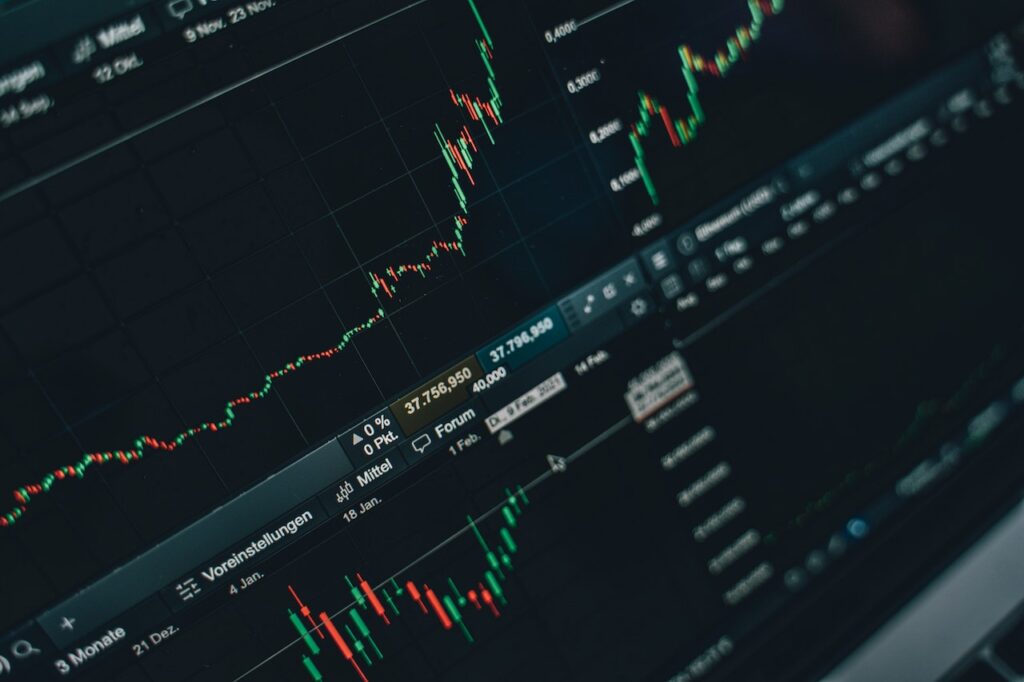Leverage is the use of borrowed capital to take a position in a financial instrument. It can be used in a variety of ways and comes with a variety of risks. In this article, we’ll look at how to calculate leverage and its risks. We’ll also examine some tips for using leverage properly.
Using borrowed capital to take a position in a financial instrument
Leverage is a trading strategy where a trader borrows money from a broker in order to take a position in a financial asset. The idea is that the borrowed capital will increase an investor’s buying power and their potential return on an investment. However, it also increases the risks involved in the transaction.
The amount of leverage used to take a position varies and is dependent on the experience of the trader. Although trading on margin is risky, it can give a trader peace of mind during volatile or choppy markets. It is important to understand margin and risk management practices before leveraging.
Trading on leverage is an effective way to increase the size of a position. The trader uses borrowed capital to increase the amount of shares they can buy. The amount of borrowed money varies depending on the type of trading platform and the financial instrument.
If you invest only one hundred dollars in a financial instrument, you can leverage the amount you invest by buying two hundred shares. This is called economic leverage. If you leverage your position, you can potentially double your investment. However, if you lose money, you can incur a much larger loss. It’s best to limit leverage in trading to the most experienced traders.
Leverage in trading is a common strategy used by investors. It allows an investor to take a position in a financial asset on a larger scale than one would normally be able to afford. However, it can also cause major risks for an investor, including damage to his credit and foreclosure. This strategy is only suitable for highly experienced investors who have sufficient experience and money.
Risks of over-leverage
Over-leverage in trading can cause negative consequences for a company. Companies borrow money for various reasons – expanding their product line, buying equipment to boost sales, etc. – and these loans come with specific due dates. If these loans aren’t paid off in time, they can place a company in a difficult position. In such a situation, the company’s cash flow can be extremely low.
One of the main causes of the 1929 stock market crash was the use of excessive leverage. Many investors used leverage to increase their returns. However, this can lead to a downward spiral. When prices drop sharply, a high proportion of over-leveraged investors are forced to sell their positions. This can create a fire sale, further driving down prices. This can lead to significant losses for a retail trader.
Another common problem with over-leverage is that it amplifies the risks involved in trading. Using too much leverage will cause your losses to be greater than your profits. Since leverage multiplies losses and gains by two, a 50% loss on a stock will double your losses.
A highly leveraged trade can quickly drain a trading account. Therefore, it is imperative to understand and apply stop-loss and market orders to control the risks associated with the trade. In addition, traders should always keep their emotions under control.
Calculating leverage
Calculating leverage in trading involves multiplying your investment by a number you determine. For example, if you have $500, you would use a leverage of one to five. That means you can trade five standard lots with that amount of leverage, and you still won’t risk more than you have.
Whether you are trading stocks, bonds, or currencies, you should calculate the amount of leverage to be used. Traders should use leverage only when they have a clear advantage. The loss they can incur is typically less than 3% of their trading capital. However, you can choose to deviate from this rule if you wish.
Real leverage allows you to increase your profits and decrease your losses. However, it also means that you will incur higher fees. While using real leverage is riskier, margin-based leverage is not. The level of risk that you incur depends on your skill and knowledge. For example, you may not be able to get away with a high leverage if you have no knowledge or skills about the market.
Leverage is an important concept in trading because it can magnify your gains and losses. If you use too much of it, you risk losing your entire deposit. But, if you use it wisely, it can make your trading much more profitable. As long as you know how to use it, leverage is a great tool, and it has been used successfully in the equity markets for decades.









Facebook Comments